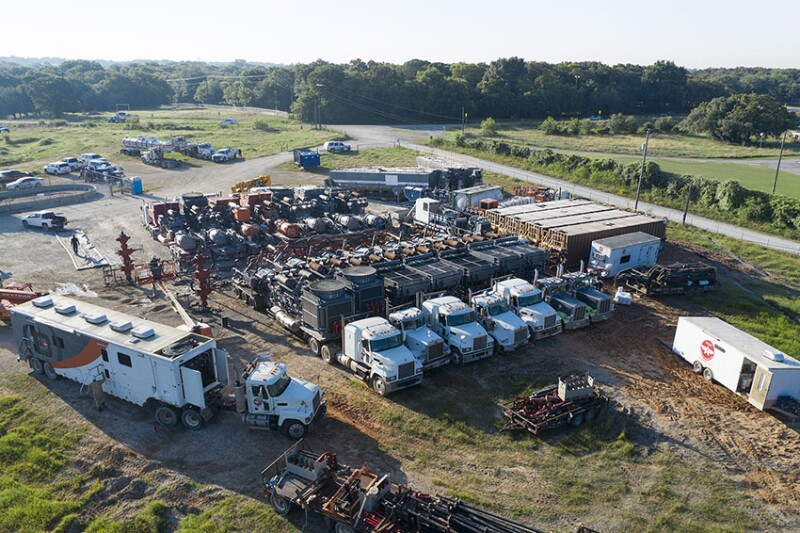While refracturing has maintained a backseat role in the US shale sector, with capital overwhelmingly flowing toward new well programs, there’s been a notable exception brewing in the Barnett Shale.
Last year, from within the asset that holds the very well that ignited the shale revolution, gas producer BKV Corp. announced that it had become the top refracturing operator in the US. From November 2020 through February of this year, covering a span of just 28 months, the Barnet Shale operator completed an eye‑opening 369 Barnett refracs.
The breath of life BKV pumped down those north Texas wells was enough to temporarily arrest the decline rate of the most mature of all shale plays. BKV reports that the Barnett refrac program has generated 371 Bcf/e of newly proved reserves with a finding and development cost of $0.79/Mcf/e.
But putting these figures aside, what else stands out about the campaign is how it was done.
To rejuvenate many of the vintage wellbores, the Denver-based operator, a subsidiary of a Thailand-based energy conglomerate, said it developed an innovative approach called the “hybrid expandable liner system.”
“It is very simply a combination of both bullhead and liner methods where we attempt to minimize the downsides and maximize the positives of both,” Kevin Eichinger, a senior completions engineer for BKV, explained at a recent SPE gathering in Houston.
The concept involves installing as little as a few hundred feet of expandable steel patches over a well’s original heel-side perforations to allow for several new plug-and-perforation stages. The toe-end of the wellbore is left unlined but new perforations can be added before it is stimulated using a bullhead treatment.
Eichinger, who leads the operator’s refrac candidate selection and job design efforts, described the end result as “liner-like performance without the cost of a full liner.”
The completions engineer outlined these and other details while presenting a technical paper he recently coauthored.

